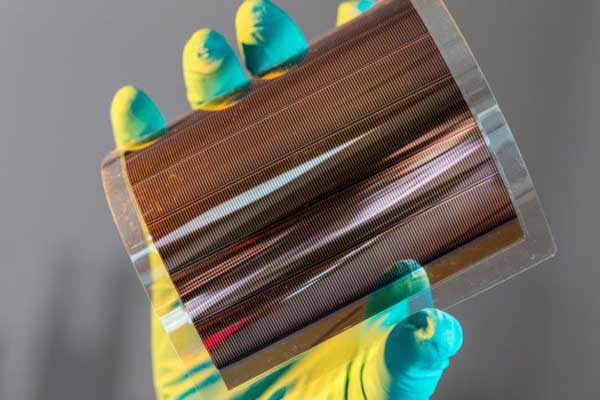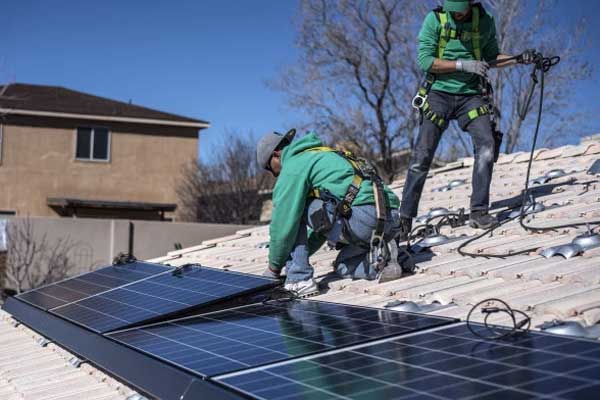BBC News reports that Chinese researchers have “taken what they say is a major step forward for the development of a new generation of solar cells”.
It adds: “Manufacturers have long used silicon to make solar panels because the material was the most efficient at converting sunlight into electricity. But organic photovoltaics, made from carbon and plastic, promise a cheaper way of generating electricity. This new study shows that organics can now be just as efficient as silicon…They offer huge potential for buildings as they are lightweight so might be ideal for deploying on the roofs of houses in developing countries where structures might not suit heavy silicon.”
Flexible, printed solar cells offer a wide range of possibilities. They can work indoors and they can be made semi-transparent, so they could be incorporated into windows and generate power during daylight.
They offer huge potential for buildings as they are lightweight so might be ideal for deploying on the roofs of houses in developing countries where structures might not suit heavy silicon. They could be used on the roofs of cars, and in clothes, even in glasses to charge your phone while you are out and about.













Comments